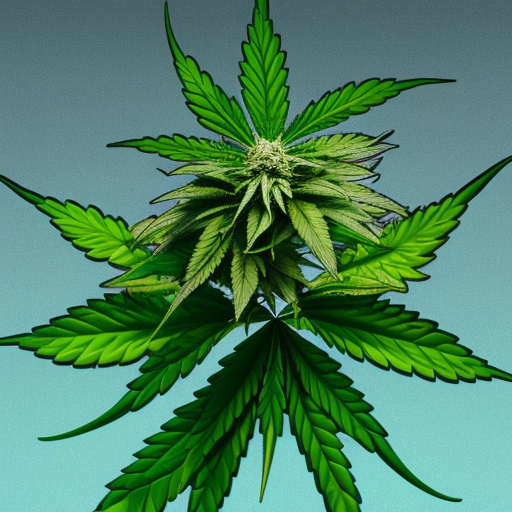
Yo, what’s up? It’s ya boy Dan comin’ at ya with some knowledge about paper. See, back in the day, like way back in 1440 or somethin’, Johannes Gutenberg created the printing press and people started usin’ paper like crazy. One press could make 3,600 pages a day, son. And let me tell ya, paper was one of the most important things in the world in the 1800s and still is now.
But check it, in the last 50 years or so, we’ve been usin’ 4 times as much paper as before. That’s a lot of trees, man. It takes like 17 trees to make one ton of paper on average. So what if I told you there was a better way to make paper? And we’ve had this option for thousands of years, y’all.
I’m talkin’ about hemp paper. Yeah, that’s right. The ancient Chinese were usin’ hemp paper back in the first or second century BC. They mixed water, mulberry bark, and hemp rags to make it. And get this, there’s evidence that hemp paper was around in China and Arabia as far back as the 10th century BC! That’s some OG stuff right there.
Korea got into makin’ hemp paper by the sixth century AD and Europe got in on it in the 1200s through the Middle East. Germany even had copies of the Bible made from it! And a draft of the Declaration of Independence was written on hemp paper too.
Hemp was actually the most popular choice for makin’ paper until the 19th century when people found out they could make it cheaper from wood pulp. But even then, hemp paper was still hot in the early 1900s. In fact, in 1916, scientists from the United States Department of Agriculture said hemp paper was better than paper made from wood pulp.
But then tree paper took over and hemp fell off the scene. The 1937 Marihuana Tax Act made it illegal to grow hemp and cannabis. It made a little comeback during World War II but by the mid-1950s, no one was growin’ it anymore in America.
So now here’s the deal, is it time for hemp paper to make a comeback and take back its number one spot? I mean, it takes at least 20 years for a tree to grow before it can be used for paper. And we’re cuttin’ down trees left and right, man. We need to save our forests.
Check out these facts, even the best paper from trees can only be recycled three times max. Hemp paper can be recycled seven or eight times! And companies use bleach and other pollutants to make tree paper white. Hemp paper only needs hydrogen peroxide which is way better for the environment.
It only takes four months for hemp plants to be ready for harvest while trees take over 20 years! And hemp paper doesn’t turn yellow or brown with age like tree paper does. Plus, an acre of hemp produces as much paper as 4-10 acres of trees over a 20-year period!
Hemp has more cellulose than trees do which is what you need to make paper. And you don’t need as many toxic chemicals to get rid of the unnecessary parts of the plant like you do with trees.
One downside though is that it’s still cheaper to make paper from wood pulp. Industrial hemp only became legal in America in 2018 so it’s still a new crop with a high initial investment. But once we figure out how to mass-produce it inexpensively, tree paper won’t stand a chance.
Hemp is way better for the planet and we need less land and resources to grow it. And the quality of hemp paper is better too. It doesn’t crack or deteriorate like tree paper does. And we can recycle it more than tree paper.
So why isn’t everyone usin’ hemp paper then? Well, it’s a new industry and the big companies that make paper from trees aren’t gonna give up their investments easily. Packaging alone makes up half of the world’s paper consumption! We’re talkin’ about a multi-billion dollar industry here, folks.
But if we keep cuttin’ down trees at the rate we are, these companies might have to switch to hemp eventually. It’s only a matter of time before the hemp paper industry blows up, y’all.
In conclusion, hemp paper was around way before tree paper and it’s time for it to make a comeback. It’s better for the planet, lasts longer, and can be recycled more times than tree paper. Plus, it grows way faster than trees do. So let’s get on board with hemp paper, people! It’s the future!




Ayo, hemp paper got mad benefits, feel me? It more eco-friendly and last longer too. Trees take years to grow, but hemp quick. We need to switch it up and keep the planet fresh, ya dig?